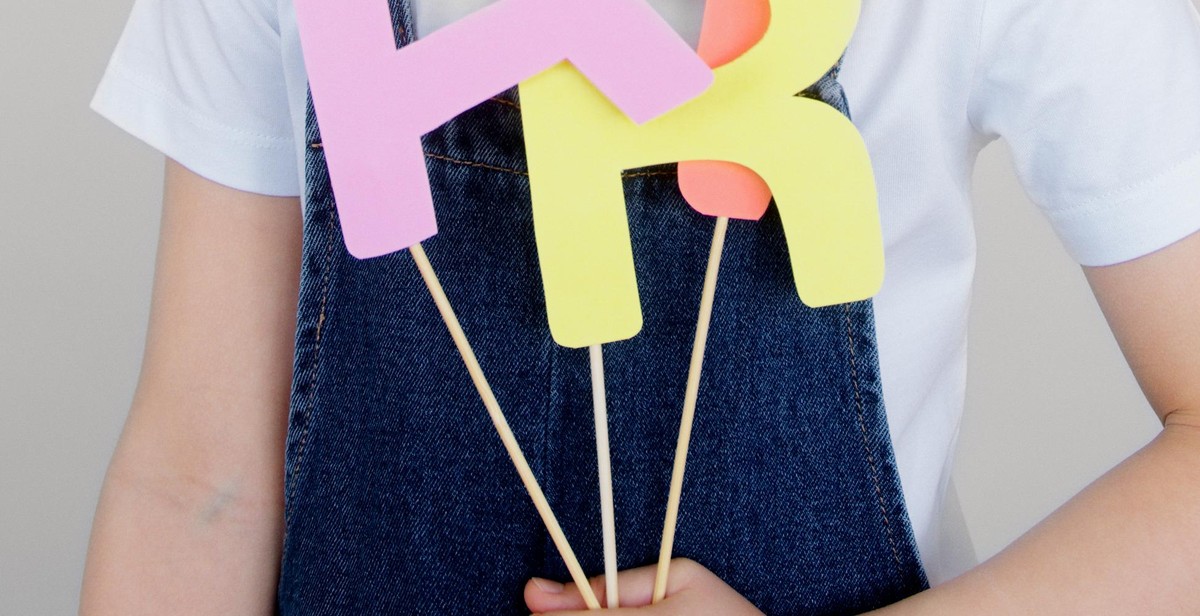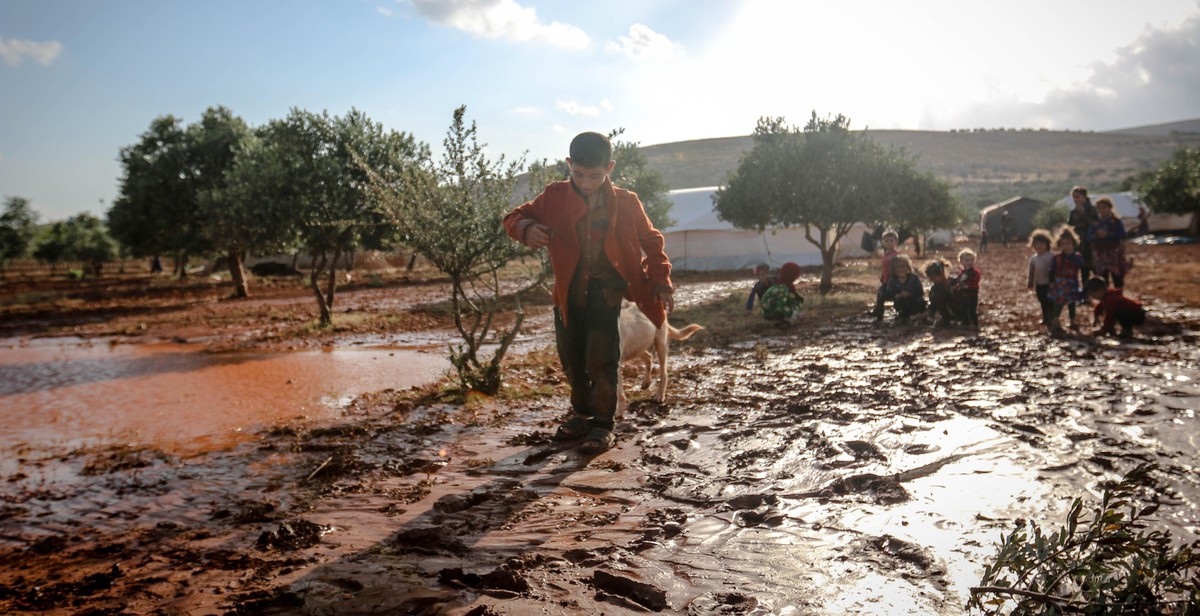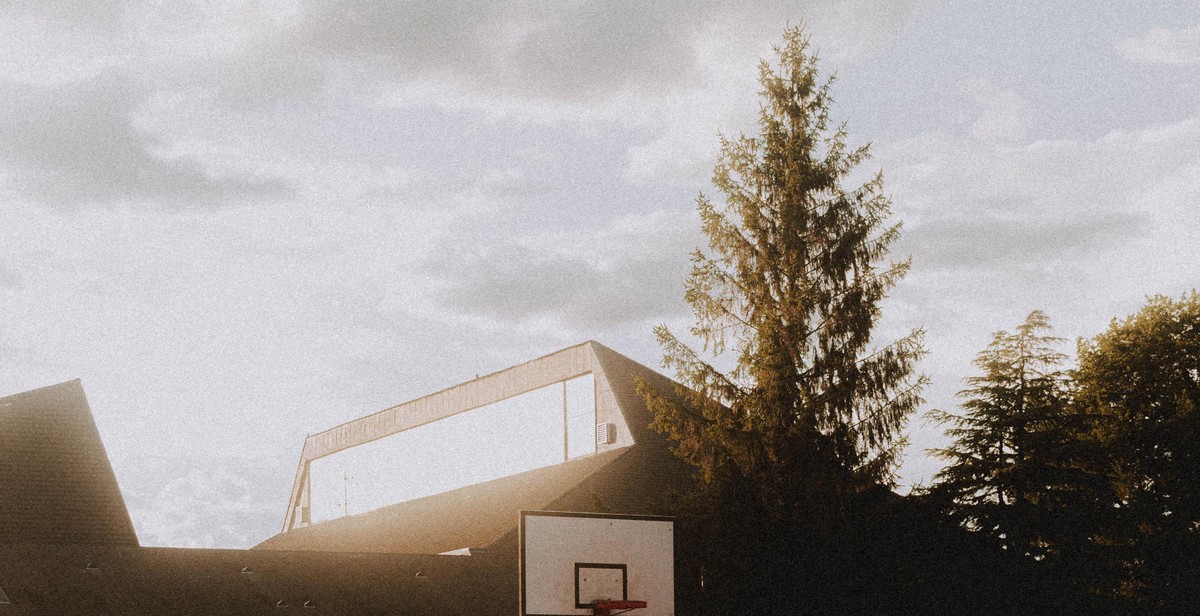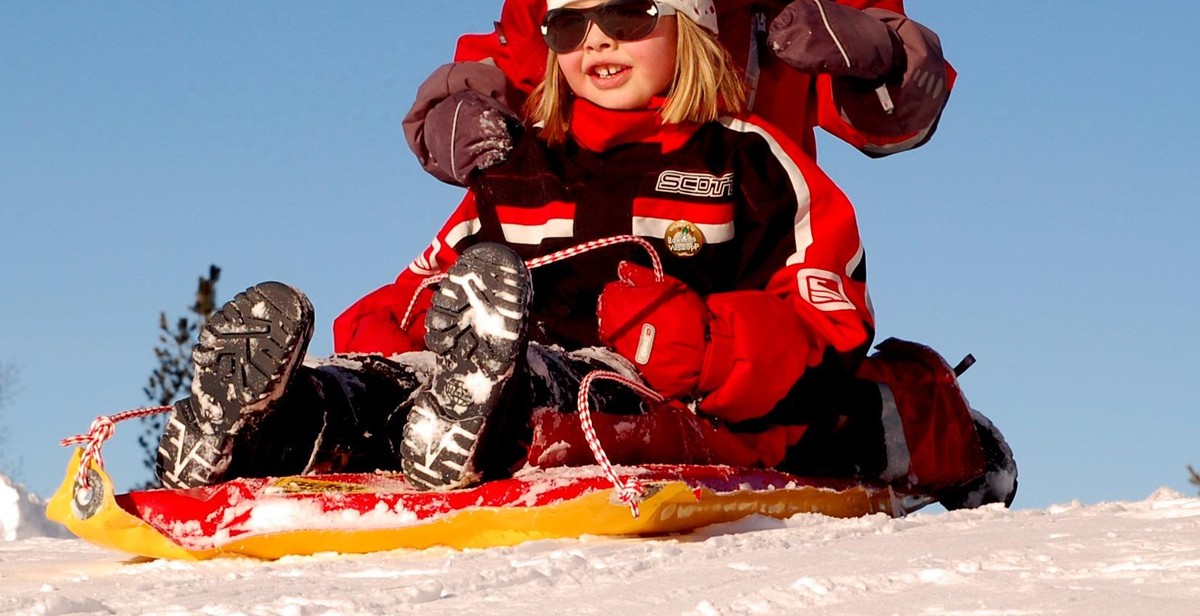How to Create a DIY Outdoor Play Area for Kids
As a parent, you want your kids to have a healthy and active lifestyle. One of the best ways to encourage physical activity is by creating an outdoor play area for your kids. Not only does it provide a fun and safe environment for your children to play, but it also helps them develop important skills such as coordination, balance, and socialization.
Why Create an Outdoor Play Area for Kids?
Children today spend more time indoors than ever before, with the lure of screens and technology. However, playing outside has numerous benefits for their physical and mental health. Outdoor play helps children:
- Develop gross motor skills
- Improve their cardiovascular health
- Boost their immune system
- Reduce stress and anxiety
- Enhance their creativity and imagination
- Learn about the world around them
Creating a DIY outdoor play area for your kids can be a fun and rewarding project for the whole family. Not only does it provide a space for your kids to play and explore, but it also allows you to customize the area to fit your family’s needs and preferences.
In this article, we will guide you through the process of creating a DIY outdoor play area for your kids, from planning and designing to building and maintaining the area.

Step 1: Plan and Design
Creating a DIY outdoor play area for kids can be a fun and rewarding project for parents. However, before you begin, it’s important to plan and design the play area to ensure it meets your child’s needs and is safe for them to play in. Here are some important factors to consider:
Choosing the Right Location
The first step in planning your DIY outdoor play area is to choose the right location. Look for a space in your yard that is flat and has good drainage. Avoid areas with steep slopes or low spots that may collect water. You should also consider the proximity to your home, as it’s important to be able to keep an eye on your children while they play.
Deciding on the Size and Shape
Once you have chosen the location, you need to decide on the size and shape of your play area. Consider your child’s age and interests when determining the size and layout of the play area. If you have younger children, you may want to keep the play area smaller and closer to your home. If you have older children, you may want to include more challenging activities and a larger play area.
Selecting the Right Materials
Choosing the right materials is crucial to the safety and longevity of your DIY outdoor play area. Make sure to use materials that are durable and weather-resistant, such as pressure-treated lumber, composite decking, or plastic play equipment. You should also consider the safety of the materials, avoiding sharp edges or toxic chemicals. Additionally, make sure to use proper hardware and fasteners to ensure the play area is sturdy and secure.
- Choose a flat and well-drained location for your play area.
- Consider your child’s age and interests when determining the size and layout of the play area.
- Use durable and weather-resistant materials, such as pressure-treated lumber or plastic play equipment.
- Avoid sharp edges or toxic chemicals in your materials.
- Use proper hardware and fasteners to ensure the play area is sturdy and secure.

Step 2: Prepare the Area
Before you start creating your DIY outdoor play area for kids, you need to make sure that the area is properly prepared. This involves clearing the area, leveling the ground, and creating a border.
Clearing the Area
The first step in preparing the area is to clear it of any debris or obstacles. This could include rocks, branches, or any other objects that could be hazardous to children. Make sure to inspect the area thoroughly and remove any potential hazards.
Leveling the Ground
Once the area is cleared, you need to level the ground. This will ensure that your play area is safe and stable. Use a shovel or rake to remove any bumps or uneven spots in the ground. You can also use a level to ensure that the ground is completely flat.
Creating a Border
After the ground is leveled, you need to create a border around the play area. This will help to keep the play area contained and prevent children from wandering off. You can use a variety of materials to create a border, such as wood, bricks, or stones.
If you choose to use wood, make sure to use pressure-treated lumber to prevent rot. You can also use landscape timbers, which are made from recycled plastic and are environmentally friendly. Bricks or stones can be used to create a more decorative border, but they can be more difficult to install.
Whatever material you choose, make sure that the border is sturdy and secure. This will help to ensure that your play area is safe and enjoyable for children.

Step 3: Install the Play Equipment
Now that you have chosen the right play equipment for your DIY outdoor play area, it’s time to install them.
Installing Swings and Slides
Swings and slides are classic play equipment that kids love. When installing swings, make sure to hang them from sturdy tree branches or use a swing set frame. Ensure that the swing seats are at an appropriate height for your child’s age and size. For slides, choose a location with a soft landing surface such as grass or rubber mulch. Make sure the slide is securely attached to the playset and is level for safe use.
Building a Playhouse or Fort
If you’ve decided to build a playhouse or fort, start by choosing a location that is flat and level. You can either build it from scratch or use a pre-made playhouse kit. Make sure to follow the instructions carefully and use appropriate materials for your climate. Consider adding windows, a door, and a roof for added fun and protection from the elements.
Other Play Equipment
There are many other types of play equipment you can add to your DIY outdoor play area such as climbing walls, balance beams, and monkey bars. When installing these, make sure they are securely anchored to the ground and are appropriate for your child’s age and skill level.
| Tips: |
|---|
| Always supervise your child when they are playing on play equipment. |
| Regularly inspect the play equipment for any damage or wear and tear. |
| Consider adding safety surfacing such as rubber mulch or sand around play equipment. |
By following these steps, you can create a fun and safe DIY outdoor play area for your kids to enjoy for years to come.

Step 4: Add Finishing Touches
Now that the main components of your DIY outdoor play area are in place, it’s time to add some finishing touches to make it even more enjoyable for your kids. Here are some ideas to consider:
Adding Soft Surfaces
One of the most important finishing touches for a kids’ play area is adding some soft surfaces to cushion falls and tumbles. Options include grass, sand, wood chips, or rubber mulch. You can also consider installing foam tiles or a rubber play mat under swings and other high-impact areas. Not only will this help prevent injuries, but it will also add a fun and colorful element to the space.
Incorporating Plant Life
Adding some plant life to your play area can help create a more natural and inviting atmosphere. Consider planting flowers, shrubs, or small trees around the perimeter of the area, or create a garden bed that your kids can help tend to. You can also add some potted plants or hanging baskets to the space for a pop of color and texture.
Including Seating and Storage
Finally, don’t forget to include some seating and storage options in your play area. This will make it more comfortable for parents and caregivers to supervise and interact with their kids, as well as provide a place to store toys and other play equipment when not in use. Consider adding a bench or two, some outdoor chairs, or even a small table for snacks and drinks. You can also install some storage containers or a toy box to keep things organized and tidy.
With these finishing touches in place, your DIY outdoor play area will be a fun and safe space for your kids to play and explore for years to come.

Conclusion
Overall, creating a DIY outdoor play area for kids is a great way to provide them with a fun and engaging space to play and explore. Not only does it promote physical activity, but it also offers numerous benefits for their overall development.
Benefits of an Outdoor Play Area for Kids
- Encourages physical activity and exercise
- Promotes creativity and imagination
- Provides opportunities for socialization and teamwork
- Improves cognitive skills and problem-solving abilities
- Boosts confidence and self-esteem
- Enhances emotional well-being and reduces stress
- Increases appreciation for nature and the environment
By following the tips outlined in this article, you can easily create a safe and enjoyable outdoor play area for your kids. Whether you choose to build a treehouse, a sandbox, or a swing set, the possibilities are endless. With a little creativity and some basic DIY skills, you can create a space that your kids will love and cherish for years to come.
| Note: | The information provided in this article is for educational and informational purposes only. It is not intended as a substitute for professional advice or guidance. Always consult a qualified professional before starting any DIY project. |
